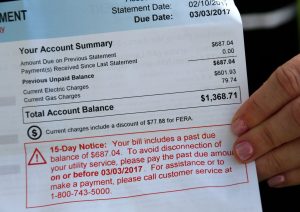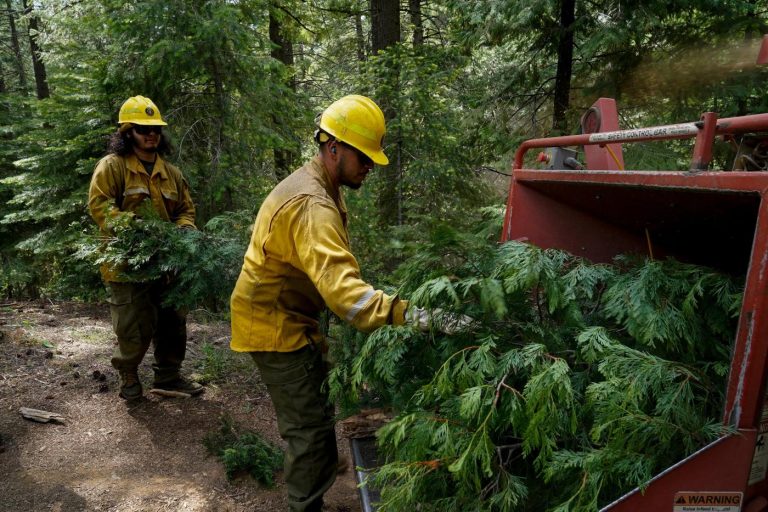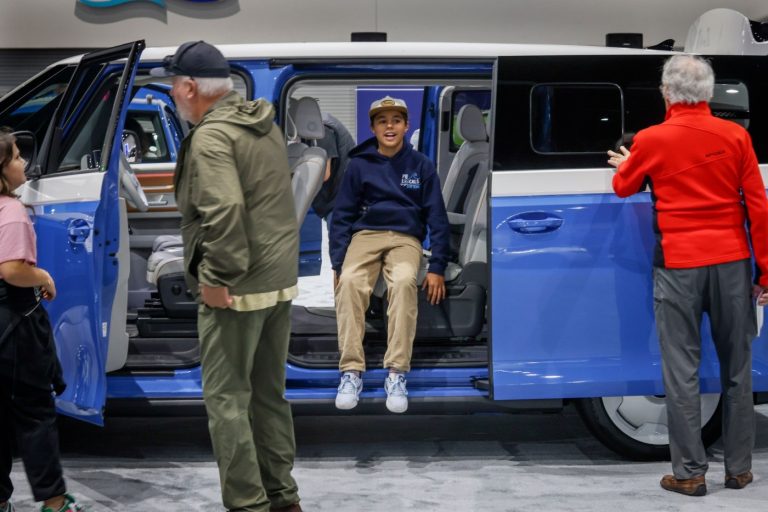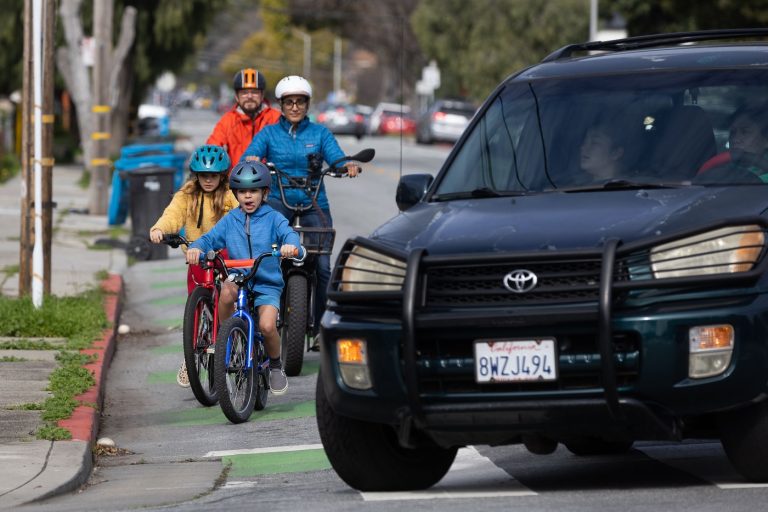EMERYVILLE — Pixar’s pitch-perfect “Win or Lose” finds the Emeryville-based studio playing a new game.
For one thing, it’s an eight-part series (each episode runs about 20 minutes) created for Disney+.
Sure, the East Bay team has fielded a few balls for Disney+ before — such as “Forky Asks a Question,” starring the beloved character born from the lucrative “Toy Story” franchise. But “Win or Lose” is something different — a rookie, if you will — that has no ties to what’s come before.
Given that it follows in the wake of the studio’s phenomenally successful “Inside Out 2” (the 8th highest grossing feature of all time), those responsible for hitting it outta the park — directors, writers/executive producers Carrie Hobson and Michael Yates along with producer David Lally — experienced a variety of emotions while working on it, including a dollop of anxiety, the trio recalls during a recent interview.
“I remember Jonas Rivera, one of the producers here, came to us and said ‘Pixar only gets to do the ‘first ever’ so many times,” Lally says.
“We hadn’t really had one of those since, like, the first ‘Toy Story’ in a lot of ways. So just make it as good as ‘Toy Story.’”
A tall order, indeed, but the eight-episode series that premieres Feb. 19 on the streamer continues in the unwavering tradition of Pixar, telling relatable stories and encouraging compassion and empathy for others and doing so through the use of cutting-edge animation. Two episodes each will be released Feb. 19 and 26 and March 5 and 12.
The “Win or Lose” storyline is arranged around events leading up to a co-ed, middle-school softball championship game for the Pickles, a team that shares the same colors of the former Oakland Athletics. (Hobson and Yates are both from Oakland and were officemates on “Toy Story 4.”)
Each 20-minute more or less episode tells its story from the POV of one character, be it a youth or an adult, and raises such potent topics as putting too much pressure on yourself to perform, cheating, and more. There’s even a focus on a highly efficient umpire/teacher with romantic commitment issues venturing into the online dating world — dazzlingly reimagined as a videogame by Pixar’s animators.
It was important to the creators that they present an array of diverse voices and complex situations, and to challenge our snap assumptions of others.
“That was definitely what we wanted the show to be,” Yates said. “You introduce a character. You view them one way and then the next episode you pull back that curtain and you get to see inside their lives and change your entire opinion of what you had about that character.”
To do so, Yates and Hobson went back and forth playing the characters to determine which one of them would take the lead in writing the character’s story arc.
That was especially true of overlapping two of the strongest episodes, one about a brainy, entrepreneurial-like daughter Rochelle (Milan Ray), who loves being on the Pickles team but can’t afford the bump in fees, with her bigger-than-life social media-loving mother who adores the color pink named Vanessa (voiced by Rosa Salazar). Lafayette native Will Forte voices Coach Dan whose story concludes the series.
Creators hope the stories told in “Win or Lose” connect with children, teens and adults, and even open eyes to what others are experiencing beyond what we observe.
“I hope they see a little bit of themselves or they empathize with someone that is different from them,” Hobson said.
One character’s storyline — that of 14-year-old character Kai (voiced by Chanel Stewart, who is transgender) underwent changes when Disney interceded and asked gender references be taken out. Disney released a statement last December to the Hollywood Reporter in regards to that decision, and wrote: “When it comes to animated content for a younger audience, we recognize that many parents would prefer to discuss certain subjects with their children on their own terms and timeline.”
In an interview, Stewart told “Deadline” said was “disheartened” by that move.
Regarding what happened, Lally said: “I think for us as the filmmakers what’s just been most important to focus on is that the show remains unchanged. It’s still a show about perspective … that no matter what you think you might know about your neighbor, you can’t really know and maybe you should assume some good intentions. It really is a show about empathy and how everybody probably deserves a little bit more than what we’re giving them.”
The idea for centering the action around the week that leads up to a softball championship game was inspired by Hobson’s childhood experiences on the field. Hobson, who was a story artist on “Toy Story 4” and was associate executive producer for “Luca,” and Yates, who started as a story artist at the studio and worked on “Cars 3,” “Toy Story 4” and “Soul,” agreed it provided the ideal setting and created a foundation for little Easter eggs hidden in the story.
“Softball is such a rich environment because there are so many people from different walks of life that otherwise want to interact,” Hobson said. “They come there and the stakes are technically so low, and yet people treat it like it’s the end of the world.”
What also appealed to both was that softball serves as a compelling metaphor for life.
“When we were coming in with the show we wanted to have this double meaning between like sometimes in life you’re given these bad calls,” Yates said. “And the show is all about those bad calls and how you react to those bad calls.”
Hobson concurs: “It’s such a good platform for dealing with the unfairness of life – like the bad calls. Not only on the field but off the field.”
Contact Randy Myers at soitsrandy@gmail.com.












